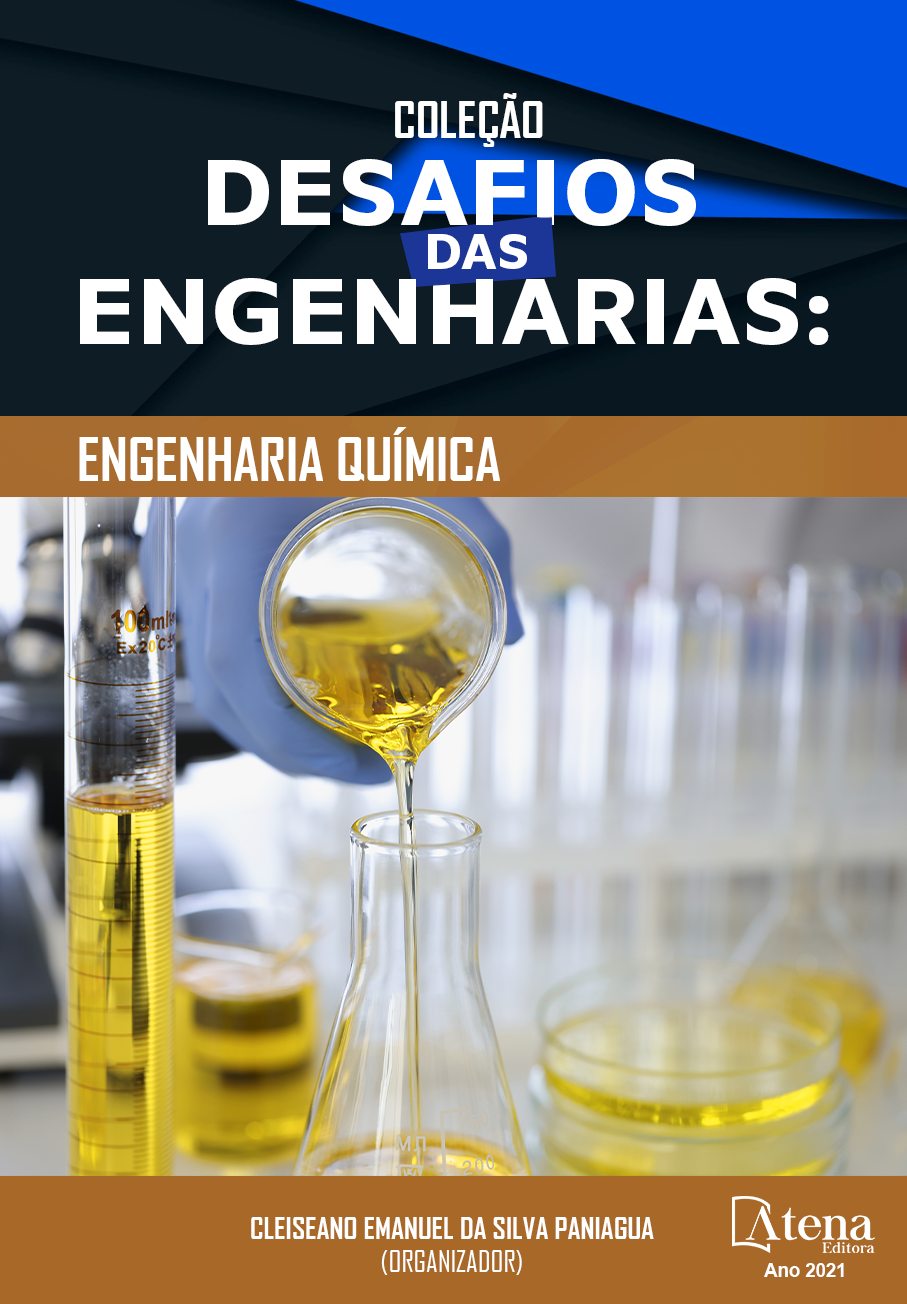
ESTUDO DA VIABILIDADE TÉCNICA, MODELAGEM MATEMÁTICA E SIMULAÇÃO DO TRATAMENTO VIA DIGESTÃO ANAERÓBIA DO LODO PROVENIENTE DA ESTAÇÃO DE TRATAMENTO DE EFLUENTES DE INDÚSTRIA FARMACÊUTICA
É notória a atenção da comunidade acadêmica quanto à questão energética global nos últimos anos. Nessa linha, fontes alternativas de energia aparecem como um fator de suma importância no que toca ao desenvolvimento sustentável. A biodigestão, ou digestão anaeróbia, é a degradação da matéria orgânica, em meio isento de oxigênio, e geração de biogás, um componente que apresenta em sua composição o gás metano. O metano, ao sofrer combustão, tem seu conteúdo calorífico convertido em energia elétrica. O presente trabalho fundamenta-se na análise da viabilidade técnica da digestão anaeróbia do lodo da Estação de Tratamento de Efluentes disposta em uma indústria farmacêutica na cidade de Montes Claros-MG. Inicialmente foi efetuada a caracterização do efluente para aferição da quantidade de sólidos voláteis presentes na amostra. Os sólidos voláteis representam a quantidade de matéria orgânica no dejeto, ou seja, o material passível de degradação biológica. Outro fator de extrema importância analisado foi a produção de biogás em frascos de penicilina. Foram obtidos resultados robustos, os quais corroboraram para a verificação da viabilidade do tratamento por biodigestão. Ademais, executou-se a modelagem matemática do processo relativo ao biodigestor e desenvolvimento da simulação e controle automático do descrito processo. Foram gerados gráficos denotativos do comportamento ao longo do tempo para a produção de biogás. Mediante os resultados expostos, constatou-se que a digestão anaeróbia do lodo da ETE citado foi viável tecnicamente, apresentando um valor substancial de biogás gerado ao longo de 10 dias de análise.
ESTUDO DA VIABILIDADE TÉCNICA, MODELAGEM MATEMÁTICA E SIMULAÇÃO DO TRATAMENTO VIA DIGESTÃO ANAERÓBIA DO LODO PROVENIENTE DA ESTAÇÃO DE TRATAMENTO DE EFLUENTES DE INDÚSTRIA FARMACÊUTICA
-
DOI: https://doi.org/10.22533/at.ed.2622123073
-
Palavras-chave: efluente, tratamento, biodigestão anaeróbia, lodo de estação de tratamento de efluente.
-
Keywords: effluent, treatment, anaerobic digestion, sludge from effluent treatment plant.
-
Abstract:
The attention of the academic community on the global energy issue in recent years is notorious. In this line, alternative sources of energy appear as a factor of paramount importance when it comes to sustainable development. Biodigestion, or anaerobic digestion, is the degradation of organic matter, in an oxygen-free medium, and the generation of biogas, a component that features methane gas in its composition. Methane, when it undergoes combustion, has its calorific content converted into electrical energy. The present work is based on the analysis of the technical feasibility of the anaerobic digestion of the sludge from the Effluent Treatment Station disposed in a pharmaceutical industry in the city of Montes Claros-MG. Initially, the effluent was characterized to measure the amount of volatile solids present in the sample. Volatile solids represent the amount of organic matter in the manure, that is, the material liable to biological degradation. Another extremely important factor analyzed was the production of biogas in bottles of penicillin. Robust results were obtained, which corroborated to verify the viability of the treatment by biodigestion. In addition, mathematical modeling of the process related to the biodigester and the development of simulation and automatic control of the described process were carried out. Graphs denoting behavior over time for the production of biogas were generated. Based on the exposed results, it was found that the anaerobic digestion of the aforementioned effluent treatment plant sludge was technically feasible, presenting a substantial amount of biogas generated over 10 days of analysis.
-
Número de páginas: 15
- Mário Luiz Pereira Souza
- João Victor Silva Cardoso
- Hugo Lopes Ferreira
- Vitor Miller Lima Alves
- THALLES DE ASSIS CARDOSO GONÇALVES


